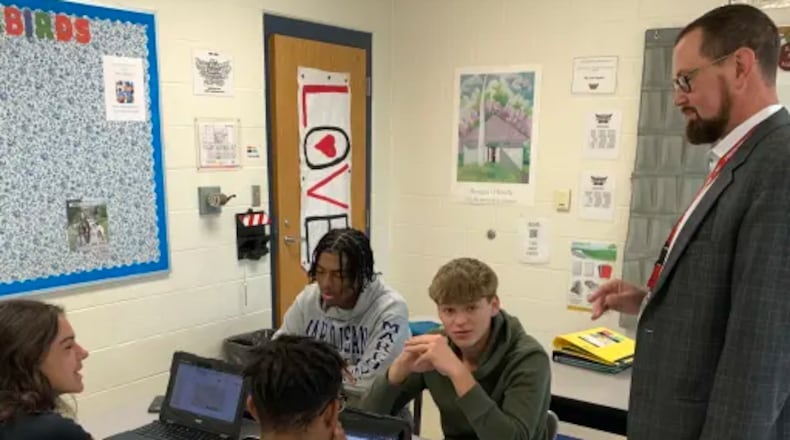“It’s all about creating opportunities to observe authentic, everyday moments in our classrooms. We want to see firsthand the learning environment our students experience across all different buildings, grade bands, learning levels and even subject areas,” said Keith Koehne, Lakota’s executive director of curriculum and instruction, according to a statement about the program from district officials.
Koehne created the learning walks prior to the onset of the pandemic in March 2020, which has caused sweeping changes in classroom learning during subsequent school years.
“To make instructional decisions in the best interest of our students means actually seeing the opportunities and challenges our students and teachers face on a daily basis in the classroom and making decisions accordingly,” Koehne continued.
By the end of this school year, every Lakota school will have hosted a learning walk, where instructional leaders at both the district and school level come together, said officials.
At each stop, the full group includes some combination of curriculum directors and assistant directors, principals and assistant principals, innovation specialists, staff overseeing Lakota’s real world learning partnerships and many other roles, said officials.
All school leaders are permitted, and are encouraged, to attend learning walks at buildings outside the scope of their daily work.
Breaking into pairs, the group spends about an hour visiting some combination of the school’s learning spaces, in the end collectively visiting most classrooms at that school. Each group spends about 5-7 minutes in each room, focusing most of their attention on speaking to students about their learning.
“It should come as no surprise that we remain hyper-focused on personalized learning, so most of the information we gather connects to things like student engagement, choice and ownership, as well as evidence of targeted and data-driven instructional strategies,” Koehne said. “We’re also looking for real world connections and overall impressions of the classroom environment.”
Following the classroom visits, participants come back together for a full group debriefing on what was observed, he said.
About the Author

